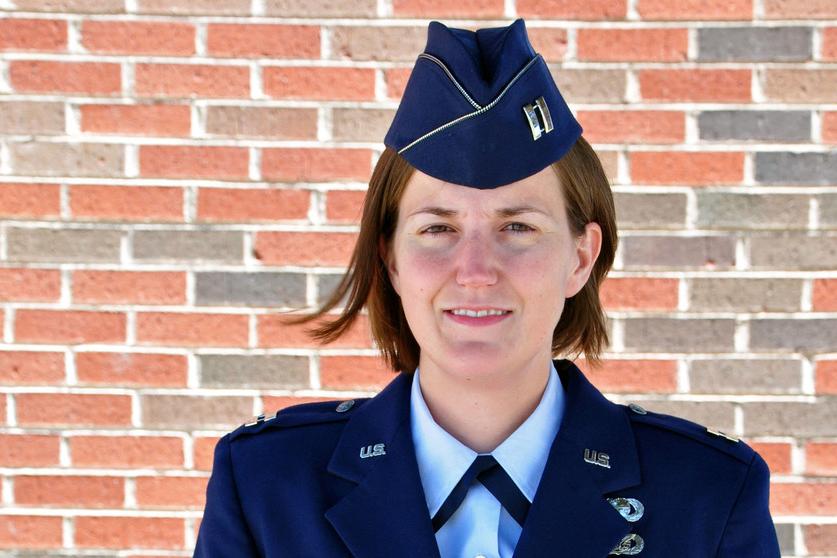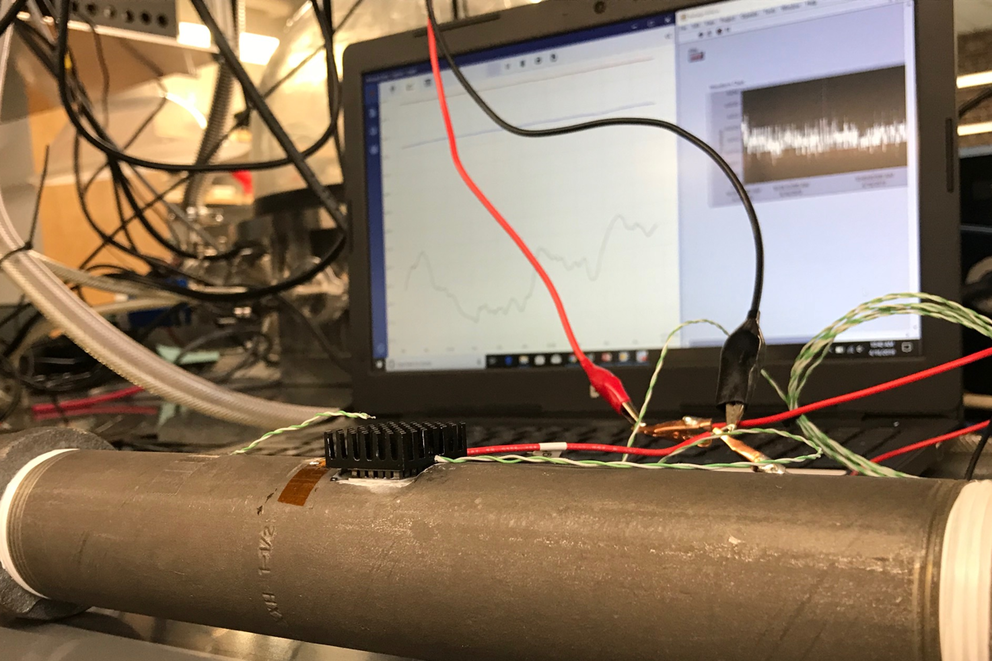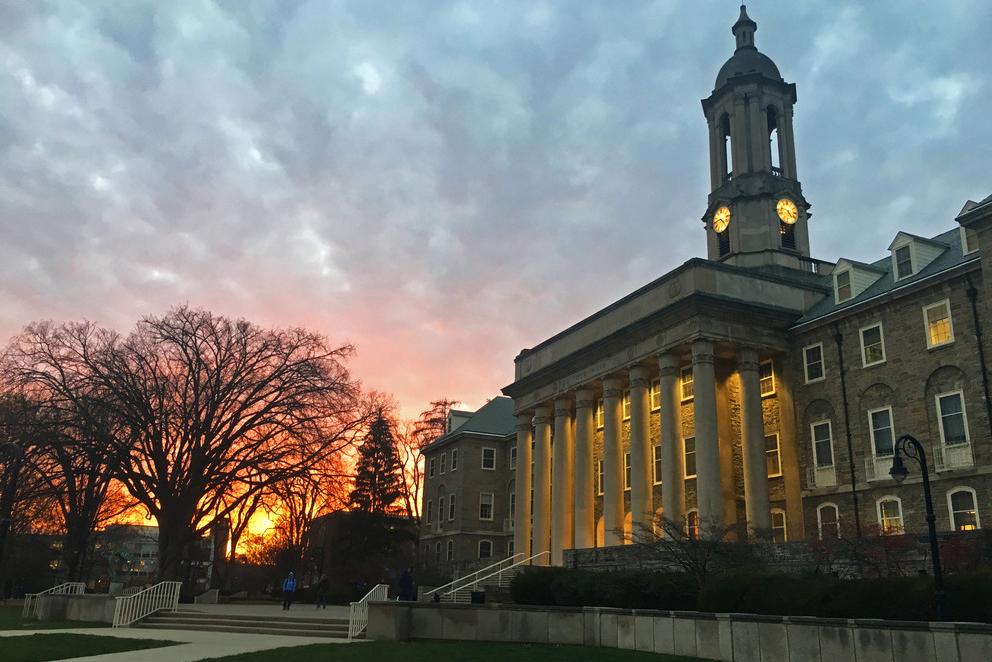Bristol Bay, Alaska is home to the world's largest commercial sockeye salmon fishery, attracting thousands of fishermen, crews, and seasonal workers and tripling the region’s population.
When Lauren Maloney trained in military intelligence with the U.S. Air Force, she was impressed by how much information could be conveyed by geospatial intelligence, which uses images and data to analyze activity in specific locations.
Classes may have been held remotely during the previous spring semester, but Penn State faculty members found creative ways to bring field trips to their students, even when they couldn’t necessarily bring students out into the field.
Large protest events can be divisive, spurring an outpouring of both support and opposition.
New matchbook-sized devices could convert wasted heat in our homes, offices and vehicles into an environmentally friendly source of electricity, according to a team of scientists.
In late 2019, Penn State and the University of Auckland launched the Joint Collaboration Development Program, a jointly financed seed-fund program with the aim to foster collaborative research and educational projects.
Although Penn State’s EnvironMentors chapter is relatively new, it has grown quickly and has made numerous positive impacts.
In late 2019, Penn State and the University of Auckland launched the Joint Collaboration Development Program, a jointly financed seed-fund program with the aim to foster collaborative research and educational projects.
Penn State researchers provide informed commentary on the impacts of the coronavrus pandemic on improvements in air quality.
Newly unearthed, surprisingly well-preserved conifer fossils from Patagonia, Argentina, show that an endangered and celebrated group of tropical West Pacific trees has roots in the ancient supercontinent that once comprised Australia, Antarctica and South America, according to an international team of researchers.











